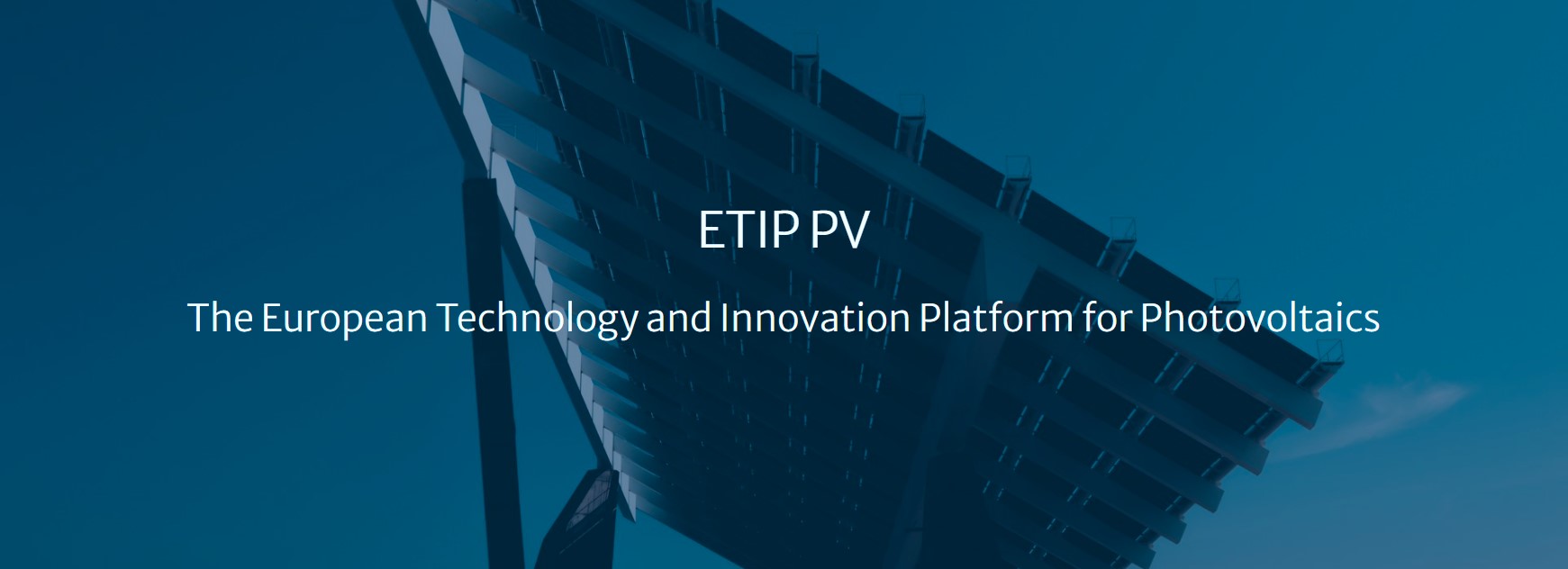The cost of solar photovoltaic (PV) systems has decreased dramatically over the past years. For decades, module prices have followed the learning curve (LR): each time the global cumulative PV generation capacity doubled, the price of modules decreased by about 20-25%. However, during the last decade the LR has reached a value of 40%, resulting in a cost reduction during the last decade of about 90% for PV modules and 80% for systems.
It is expected that module prices will further decrease, mainly because of better manufacturing processes, less use of materials and continuously improving module efficiencies. Since a large part of the Balance of System (BoS) depends on the area of the modules, a higher efficiency will also drive down the BoS cost significantly.
According to the base scenario of the ETIP PV, the cumulative global installed PV capacity will increase from the 0.634 TWp of end 2019 to about 3 TWp by 2030 and to 20 TWp by 2050. Moreover, ETIP-PV predicts a PV LCOE decrease by about 35% by 2030 and by about 60% by 2050, from present 2020 values.
When comparing with the average wholesale (spot market) electricity prices in 2019, utility-scale PV was already competitive with over 7% nominal WACC in Germany and Finland and with over 10% WACC in Italy, Spain, UK, and France. In Malaga, the utility-scale PV LCOE with 7% nominal WACC is currently 22 €/MWh, decreasing to 14 €/MWh by 2030 and to 9 €/MWh by 2050.
In several countries around the world, power purchase agreements (PPAs) below 15 €/MWh have been signed which proves that PV is already the cheapest electricity form when a moderate interest rate truly reflects its inherent low technological and environmental risk.
